Bowspring
Yoga in the 21. Century

What is Bowspring?
- A curvy, springy, healthy posture.
- A dynamic postural template for optimal functionality and graceful movement for any body.
- A proportional, geometric relationship between the curves of the ribcage (heart), head and hips.
- A synergy of alignment between 10 key parts of the body to create fluid lightness and springy power for peoples of any age.
C-curve vs. Bowspring
The Bowspring is opposite than the C-curve, which is the common sedentary position of all people. Many people all over the world sit over 10 hours a day with their hips down, short belly, and head forward and down.
C-curve is the default sitting posture of high tech society today looking down at their screens. Then they go home to relax in theC-curve before a few hours of sleeping in position that relaxes the back as much as possible.
Even during daily exercise, the common alignment is hips down, belly short, and flat upper back. Flat spine or reduced spinal curve is the result of years doing C-curve day after day.
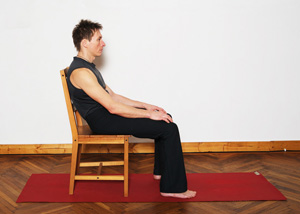
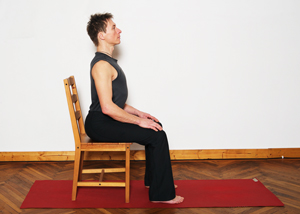
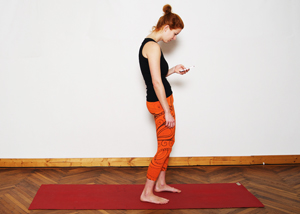
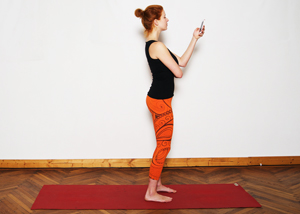
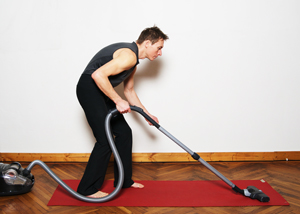
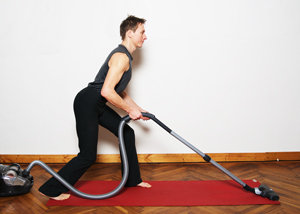
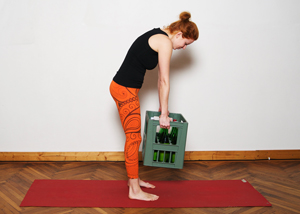
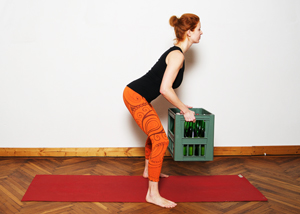
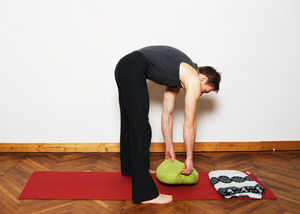
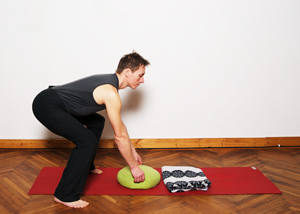
Double S – Curve
Bowspring is a curvy posture. A double-S curve down the back of the body, from the back of the head to the back of the hips. The sides of the body curve inward so that the proportion between bust, waist, and hips are more like an hourglass shape.
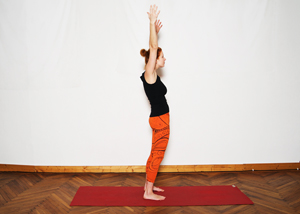
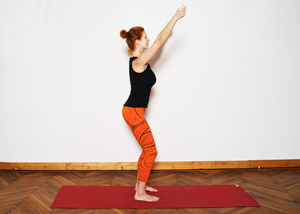
The curviness of the Bowspring is a dynamic postural template that is also distinctive from the standard model of alignment that stacks the static body in a vertical, upright posture.
This revolutionary method is part of an emergent paradigm in the new way that we are now considering the functional alignment of the human body. We no longer stack our bones to hold us up against the force of gravity. We make a double-S curve on the back of the body so that the connective tissue is positioned for optimal function to move the body with lightness and easeful fluidity.
Bowspring practice promotes the natural curves of in the body, particularly in the geometric relationship between heart, hips and head:
A radiant fullness in the ribcage expands on all sides broadening the shoulders.
The hips move back and up, while the lower back and belly extend long and strong, up and forward.
The anterior-tipped pelvis is aligned behind the ribcage.
The glutes move back and upward. The tail lifts as the glutes mound upward from the bottom of the pelvis toward the sacrum and the top of the pelvis.
The belly is bowed long, yet strong, especially when there is extension in the torso with pulsation in the Bowspring.
The neck is curved long up and back.
New concept, new results!
Anyone can learn to use bowspring while standing, sitting and any basic posture to increase health, mindfulness and a positive attitude. The Bowspring’s uniform muscle tone provides maximum functionality for everyday tasks such as walking, sitting, homework, and even more specific exercise activities such as cycling, jogging, or athletics.
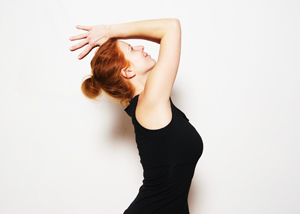
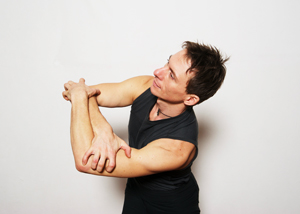
The Bowspring alignment is very therapeutic for the lower back, neck and shoulders when performed during all normal daily activities.
With Bowspring, students of all ages can learn to move with resilient agility, graceful ease, full body strength and enhanced vitality. Each movement becomes more efficient – increased force with less effort.
Benefits
Bowspring, on the one hand, brings many physical benefits, on the other hand it also offers great mental and emotional health. Since the Bowspring posture has a positive effect on the nervous system and the circulatory system, a student can expect to see a better mental concentration, emotional clarity and a reduction of stress with regular practice. The jumping, bouncing, pulsating, rhythmic movement of the bowspring is mood-brightening!
It brings a youthful and spirited positivity back into the life-view.
Here are the advantages in detail
- Pain relief, loss of pain
- Vitality
- Full body functionality
- More power, less effort during movement
- Full and balanced breathing
- Ease
- Force
- Maneuverability
- Dynamic balance
- Weight loss
- Curvy figure with strong buttocks and long belly
- Improves the harmonic proportion between shoulders, waist and pelvis
- Uniform tonus in the body tissue has a balancing effect on all joints
- Increased self-awareness
- Spiritual openness
- Curiosity
- Ability to concentrate
- Rational thinking
- Improved judgment
- Loving goodness
- Compassion
- Inspiration
- Authenticity
- Courage
- Willpower
- Positive thinking
- Emotional intelligence
- Gratitude
- Ability to forgive
The Bowspring Method
The postural method of the Bowspring provides any student with a alignment formula to bring balanced tone to all sides of the body for optimal functional movement. By learning this postural system a student endeavors to have the capacity to make any dynamic movement light and easeful. It is a mind-body practice which focuses on moving toward a specific geometric shape through 10 key areas of the body in a dynamic neutral position.
It is a proportionally ideal curvy alignment between the head, neck, ribcage, waist, and pelvis, in which functional movement is optimized with the least amount of force required. As one approximates the ideal alignment template between the main segments of the body with their own unique postural alignment, the tonus of the connective tissue becomes more uniform on all sides of the body.It is a system in which every part of the body participates with every other part to create a synergy in which the harmonious function of the whole body is greater than the sum of the parts.
If any one part is overworking or underworking, then the functionality and health of the whole is adversely affected.
The body form is a singular system of connective tissue, primarily fascia, organized geometrically with bilateral symmetry. Appendages – arms and legs – connect hands and feet to the vertical central axis of the body with the head on top of a neck, and the hips on the bottom. The ribcage is in the center of the central axis between head and tail. Lumbar vertebrae are shaped to accommodate an arched lower back. This is universal body plan for humans.
It is a system of segments – head, thorax, and hips, connected by the curvy segments of the neck and the lower back. The segments of the body along the central axis are connected to the myofascial subsystems of the hands and arms, and the feet and legs. All parts of the body affect all other parts. The alignment of the feet affects the alignment of the hips. The alignment of the hands affects the alignment of the shoulders. When the ribcage is deflated, the alignment of the shoulders and lower back are both negatively affected.
The Bowspring Shape
The Bowspring is an ideal template for dynamic posture. It is a wavy shape with a double-S curve on the back of the body including the back of the head and the back of glutes. The proportional curvature between the 3-D rounded shapes of the hips, waist, ribcage, neck, and head in which all sides of the body can evenly engaged is the balanced alignment of the Bowspring template.
It is a harmonic postural alignment in which uniform muscular tonus on both the front and the back of the body can occur. Balanced tone on all sides of a joint allows for its optimal functionality since no one side is overworking or straining. We endeavor to make all sides of the body evenly engaged with myofascial tone or balanced tension in the Bowspring.
The primary curve of the spine is the thoracic curve. If it is misaligned, then the secondary curves of the lower back and the neck will be in turn misaligned from their optimal capacity. In the Bowspring practice, we prioritize the circumferential expansion of the ribcage before curving the lower back and then the neck. This optimal relationship between the kyphosis of the thoracic spine and the lordosis of the lumbar and cervical spines gives the capacity for a tremendous springy, powerful functionality of the posterior chain of myofascia.
